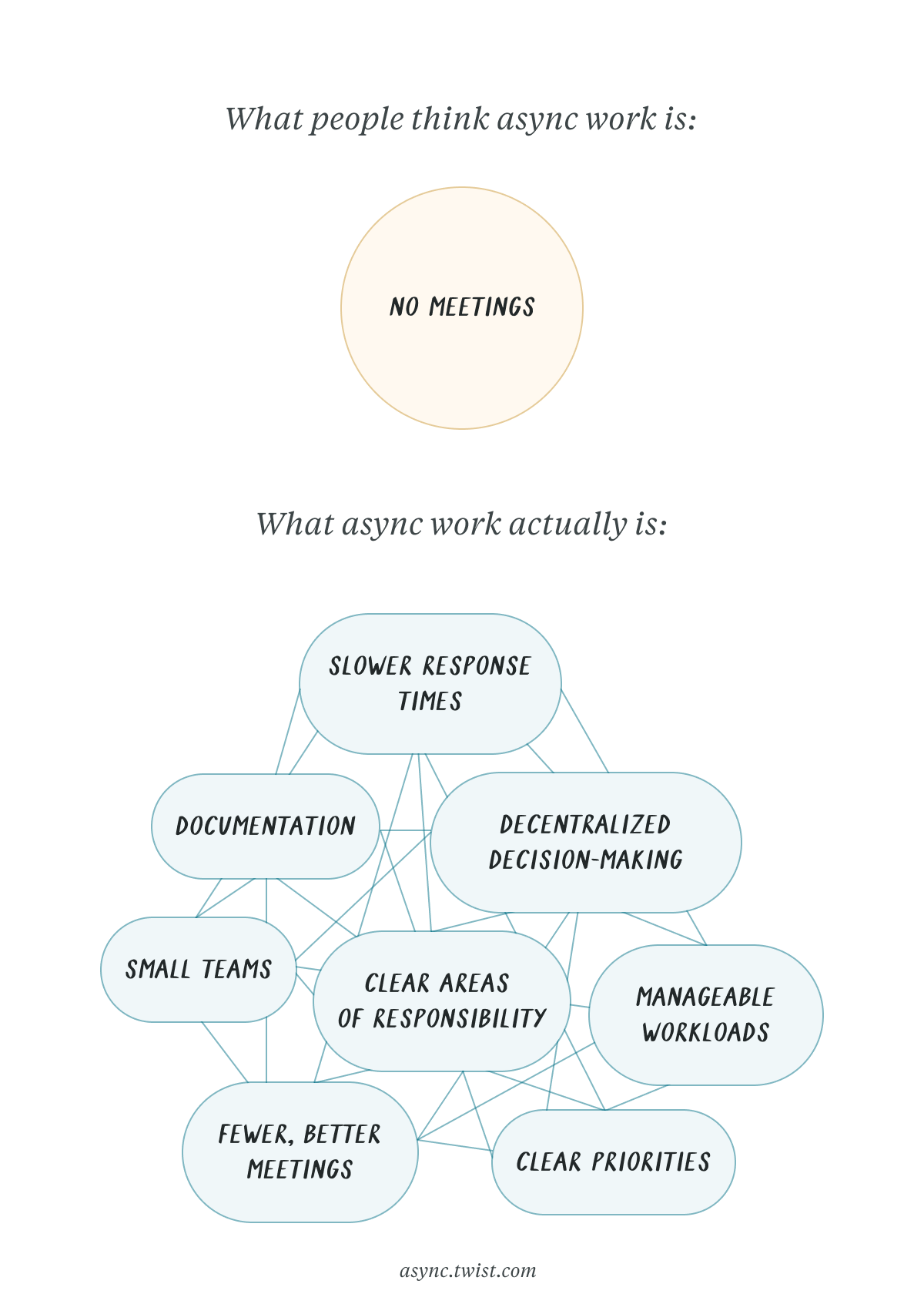These types of reports can be a bit vapid sometimes, but I am happy to say that The State of UX in 2023 by Fabricio Teixeira and Caio Braga is an extremely thoughtful, well-researched look at what’s going on in the design industry. They talk about the current economic and labor landscape, the type of skills required, how design tools are evolving, and much more. They also addresses the topic of “algorithm-driven thought leadership”, which is a topic that’s close to my heart:
When content is shorter and maximized for engagement, we often lose track of the origin, history, and context behind it: a new designer is more likely to hear about a UX law from a UX influencer on an Instagram carousel than through the actual research which brought it about.
The lack of nuance from algorithm-suggested posts undermines any value we could get from them. For a discipline known for asking “why” and for striving to understand users’ context, it’s time we become more intentional about our own information sources.
I recently did a bit of research on what type of product content “works” on LinkedIn in terms of engagement, and all I can say is that it’s really weird. If you want to get a lot of “engagement” on LinkedIn you can’t post outside links in the content (that gets down-ranked by the algorithm). For some reason long posts with one-sentence paragraphs and tons of emojis do really well. And, of course, carousels with screen shots of Twitter threads. I decided not to even try.
Things aren’t that much different on Twitter, where content is driven by long threads of fortune cookie sayings. Kyle Lambert said it well: “Meme content wins.”
I don’t want to go all old person “no one wants to read anymore” on you, but we have to admit that the current algorithmic web is optimized for extremely low attention spans. Here’s another example: there’s a specific type of Tik Tok video that’s really popular right now where users stitch random, unrelated videos together and rack up millions of views. The always-interesting Ryan Broderick wrote about it in his Garbage Day newsletter:
People on TikTok have realised that literally everybody who uses it have really short attention spans and get bored super easily. To “keep people engaged” they put 2 or more videos together with the audio being part of the “main content” while the other one or two videos are there to keep them entertained so they don’t immediately scroll down and ignore their content.
I don’t see a clear solution to all this, except to just continue to read as much longform content as we can, encourage the authors, and share that content with our peers. And also to try my best to write more like that as well.
I don’t want it sound like I think tweets or funny videos are bad or stupid. But if that’s the primary way we learn design and product principles, that is bad. Without the context of the thought process behind the decisions someone made or the framework they used, all you could ever do is copy something and apply it to a situation it almost certainly isn’t applicable to. So let’s do a little less thought-leadering and a little more explaining our “why”, is all I’m saying.


